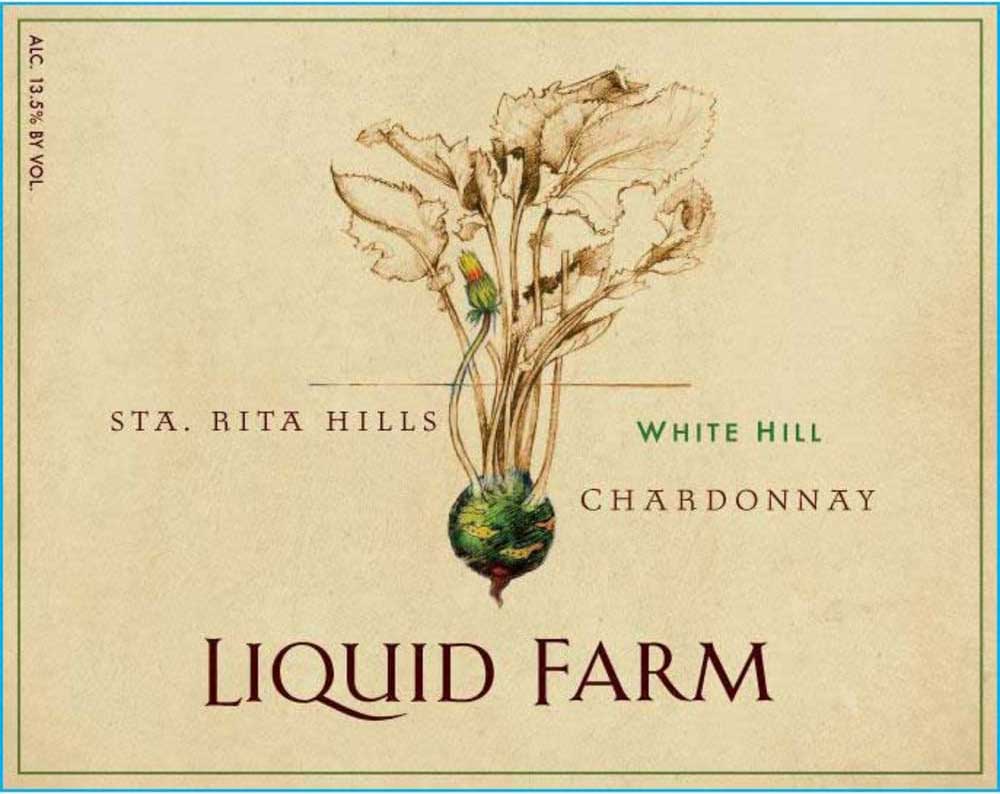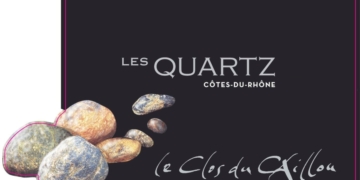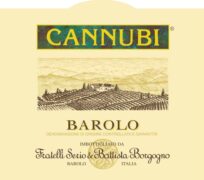What is Wine Decanting?
Wine decanting is the process of pouring wine from its bottle into a separate container, usually a decanter, to enhance its flavors and aromas. It serves two main purposes: aeration and sediment removal.
Aeration
Decanting allows the wine to come into contact with oxygen, which softens harsh tannins, enhances aromas, and improves the wine’s overall taste. Young, bold red wines like Cabernet Sauvignon, Syrah, or Barolo benefit most from aeration, as it helps open up their flavors. Even some white wines, such as full-bodied Chardonnays, can improve with a little aeration.
Sediment Removal
Older wines, especially reds, may develop sediment over time. Decanting helps separate the wine from the sediment, ensuring a clearer, smoother pour. Wines like Vintage Port or aged Bordeaux are often decanted for this reason.
How to Decant Wine
- Gently pour the wine into the decanter, keeping the bottle tilted to prevent sediment from flowing into the decanter.
- Let the wine rest for 20 minutes to a few hours, depending on its age and style. Older wines should be decanted just before serving, as too much oxygen can cause them to fade quickly.
Which Wines Should Be Decanted?
- Young, tannic reds benefit the most from decanting, allowing their flavors to open up and soften.
- Aged wines with sediment should be decanted for clarity.
- Most white wines and light reds don’t need decanting, though some benefit from brief aeration.
Decanting can significantly enhance the enjoyment of wine, especially with older or bold, structured wines, making them smoother and more aromatic. Also, read our article about how to clean a wine decanter.





















































